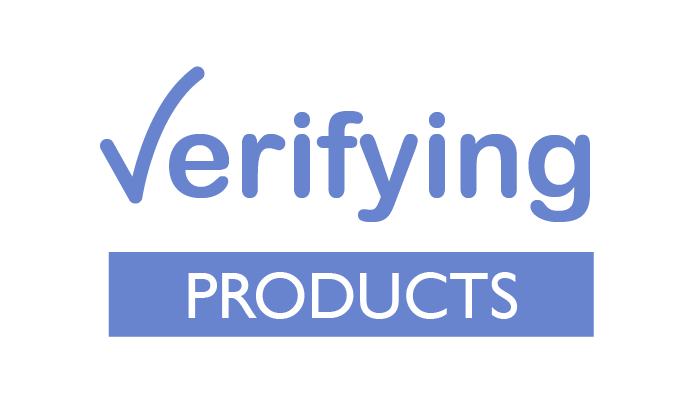Car insurance coverage or the equivalent in financial responsibility waivers is required in all states. Insurance basics need to be understood before purchasing coverage.
Car Insurance Coverage Limits
Car insurance coverage limits are the maximum dollar amount your insurance provider will pay for a claim. For example, your policy limit for your collision coverage is $30K. In the event of an accident, your insurance provider will not pay over $30K for vehicle damages regardless of the extent of damages.
Car Insurance Coverage
Each state has state-required minimums for car insurance except for New Hampshire. New Hampshire is the only US state that does not require car insurance; however, the law does require that motorists be financially responsible for:
- Compensate anyone injured as a result of your driving error
- Financially responsible for any property damage caused by your mistake
Liability Insurance: Liability insurance is required in most US states. Liability insurance is coverage that pays for injuries suffered by other drivers and their passengers, as well as vehicle damage. Liability limits are often written using number sets, such as 25/50 or 25/50/20, which stand for the liability insurance limits.
For instance, you purchase the minimum liability insurance coverage for your state. The liability limit is written as 25/50/10. This number set means that your insurance provider would pay for:
- $25K for bodily injury for one person’s injuries in an accident caused by your driving error.
- $50K for bodily injury for all occupants’ injuries in an accident caused by your driving error.
- $10K for damage to the other driver’s property.
Collision Insurance: Collision insurance pays for vehicle damage to your car when you crash into something.
Comprehensive Insurance: Comprehensive insurance covers natural and human-made damage, crashes with animals, and theft if your vehicle is not recovered.
Uninsured Motorist Coverage: Uninsured motorist coverage is coverage that provides protection for you and your passengers if an uninsured motorist hits you.
Underinsured Motorist Coverage: Underinsured motorist coverage helps pay for injuries of you and your passengers when hit by an underinsured motorist.
Personal Injury Protection: Personal injury protection provides coverage for medical bills for you and your passengers, regardless of who caused the collision. Personal injury protection also covers lost wages and the cost of services such as gardeners while disabled.
No-Fault Insurance: No-fault insurance refers to coverage for injuries resulting from an accident that, regardless of who is responsible for the collision, will be paid by each motorists’ insurance provider. Not all states are considered no-fault states.
Car Insurance Needs
Different factors need to be considered to determine a motorist’s car insurance needs:
Assets: If the motorist’s assets are high in value, increased coverage should be purchased. When a collision exceeds the coverage limits of the motorist’s policy, others involved in the accident can seek compensation by going after the motorist’s assets.
Finances: Motorists need to consider the maximum amount they can afford for monthly premiums.
Location: Motorists that live in areas that present a higher risk of accident or theft should consider higher coverage.
Vehicle Type: If you have a high valued vehicle, it may be a good idea to get collision and comprehensive coverage for the vehicle. Insurance coverage needs to be understood entirely before purchasing auto insurance. Insurance can be purchased online; however, it is advised to speak with an insurance provider before purchasing any coverage. — provides consultations to help you determine the best limits for your insurance needs

